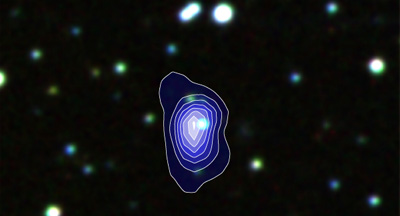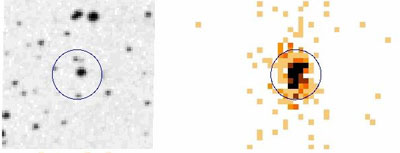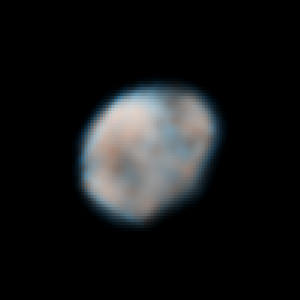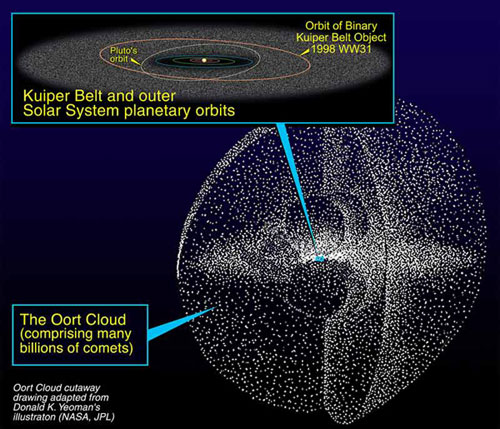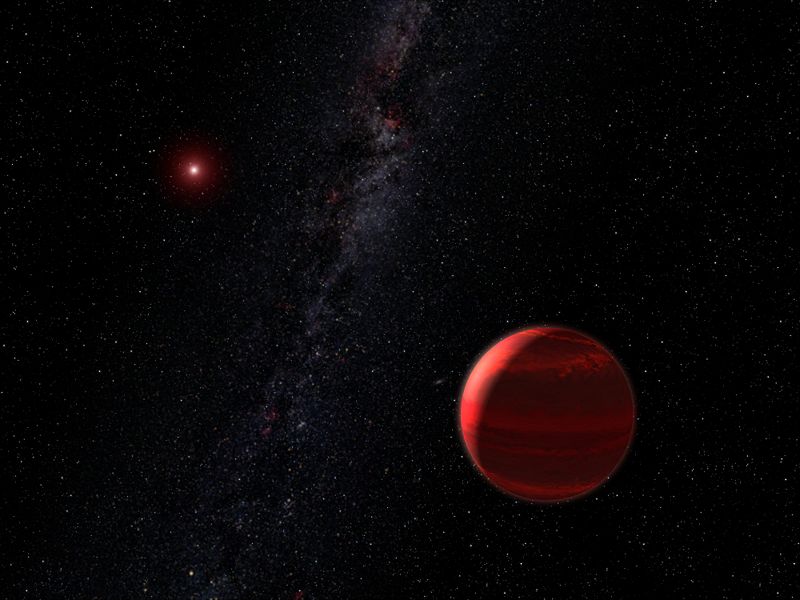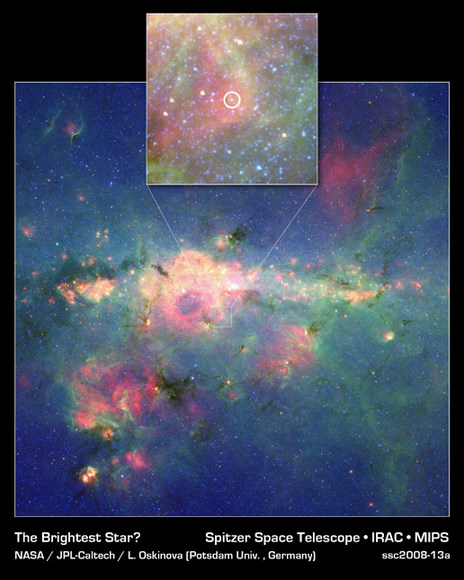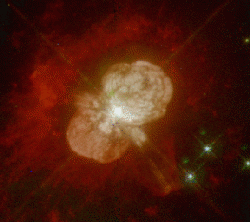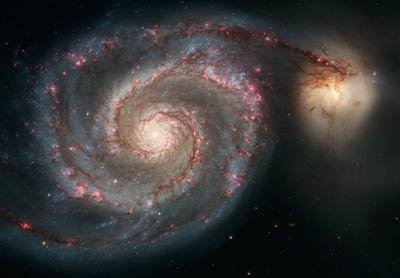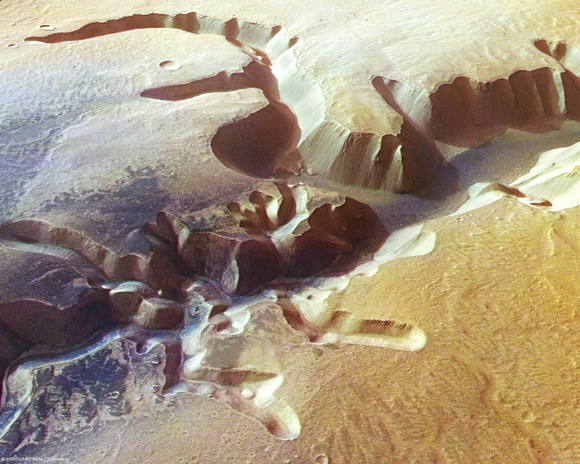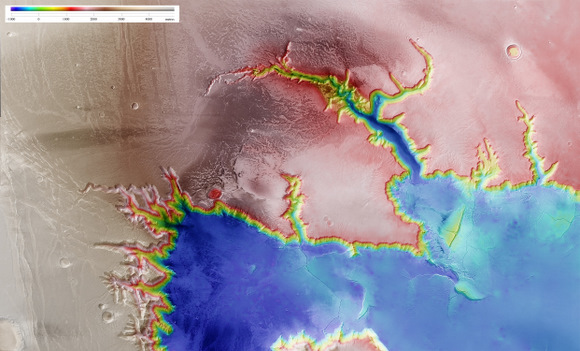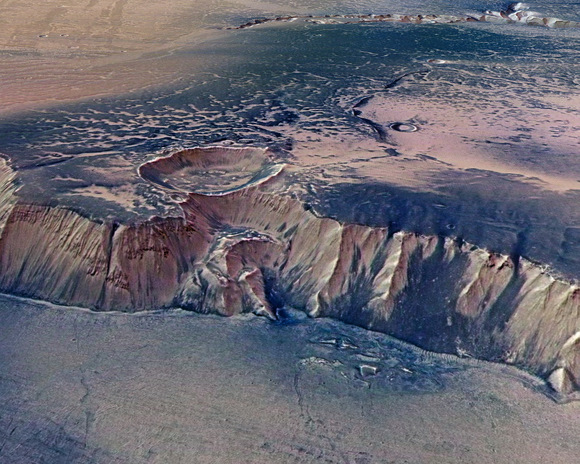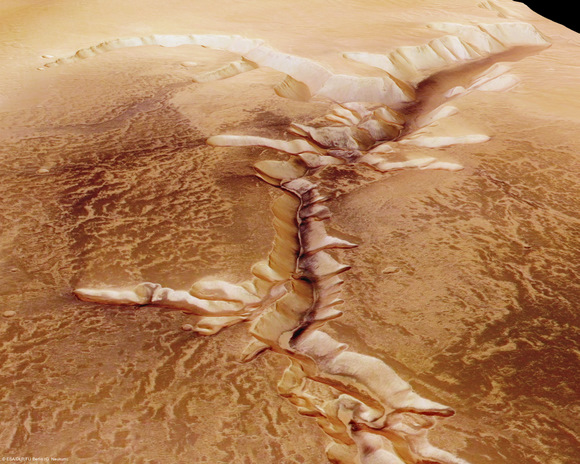Novae are kind of a big deal in the Universe, so you’d think that when one occurred we would notice, especially if it were visible to the naked eye. A star that exploded in June of 2007 in the constellation of Puppis, though, slipped by the network of professional and amateur astronomers that are dedicated to watching the skies for novel stars. Luckily, the orbiting X-ray telescope XMM-Newton just happened to be observing the area, and discovered the nova that everyone else had missed.
The satellite XMM-Newton is creating a survey of X-ray sources in the Universe, and on October 9, 2007 while turning from one target to another, it passed over a bright source of X-rays that was unexpected. The science team checked over their catalog of previously known X-ray sources in the area, but the only object with that location was the faint star USNO-A2.0 0450-03360039.
Andy Read of the University of Leicester and Richard Saxton of ESA’s European Space Astronomy Centre (ESAC), Spain quickly alerted other astronomers of the finding via the internet. Astronomers at the Magellan-Clay telescope at Las Campanas Observatory in Chile used their 6.5 meter telescope to analyze the light coming from the star and found that it had brightened by more than a factor of 600.
Saxton contacted the All-Sky Automated Survey, an automated survey of millions of stars, and found that the star went nova on June 5th, 2007. The nova has been given the shorter name of V598 Puppis, and had anyone been looking closely – even with the naked eye – at the constellation of Puppis on June 5th of 2007, they would have noticed the star brighten.
The image here shows V598 Puppis in the visible spectrum on the left, and in the X-ray on the right.
Novae of this type occur when a white dwarf, which is a smaller and more compact star, consumes material from a companion star, puffing it up. The nuclear processes in the star begin a runaway reaction after a certain amount of material is consumed, and it explodes violently.
What is curious about the case of V598 Puppis is that X-rays are only released from a nova after visible light. The expanding cloud of dust and debris from the initial explosion blocks most of the X-rays from being released. In the case of most other novae and supernovae, the discovery is made by a visible light telescope, then followed up by telescopes in the other spectra.
Source: ESA Press Release

